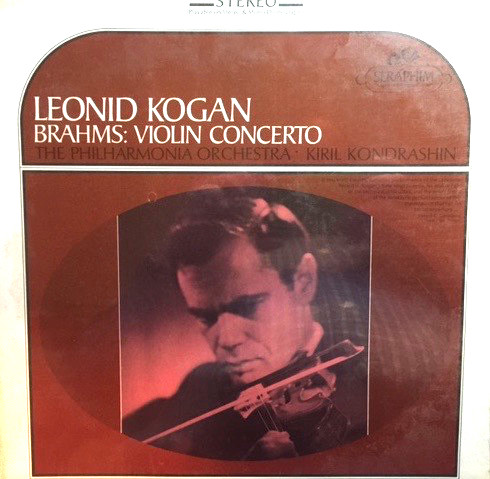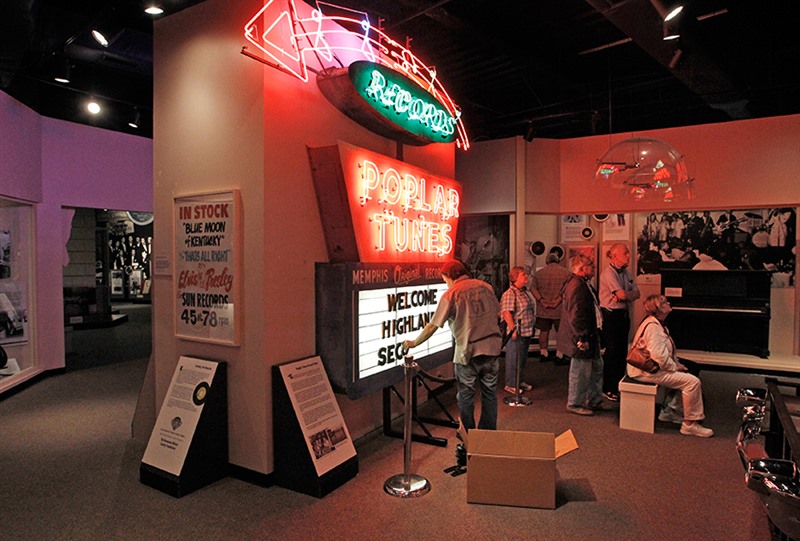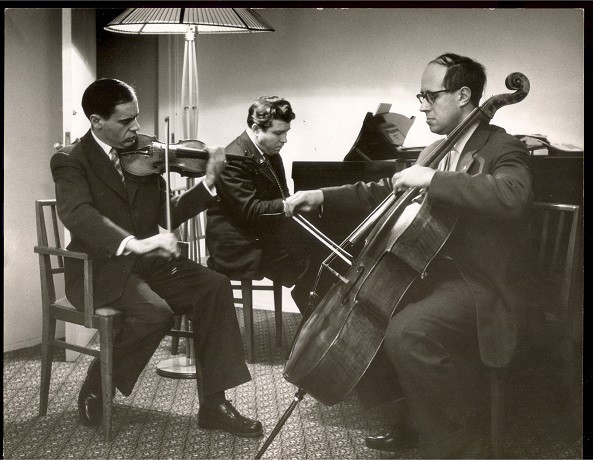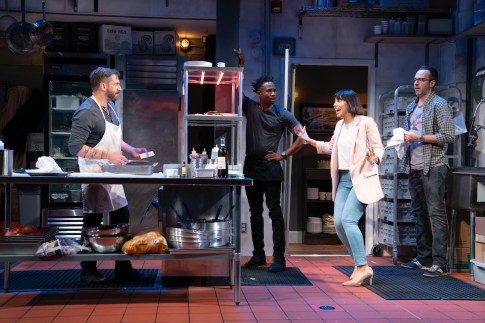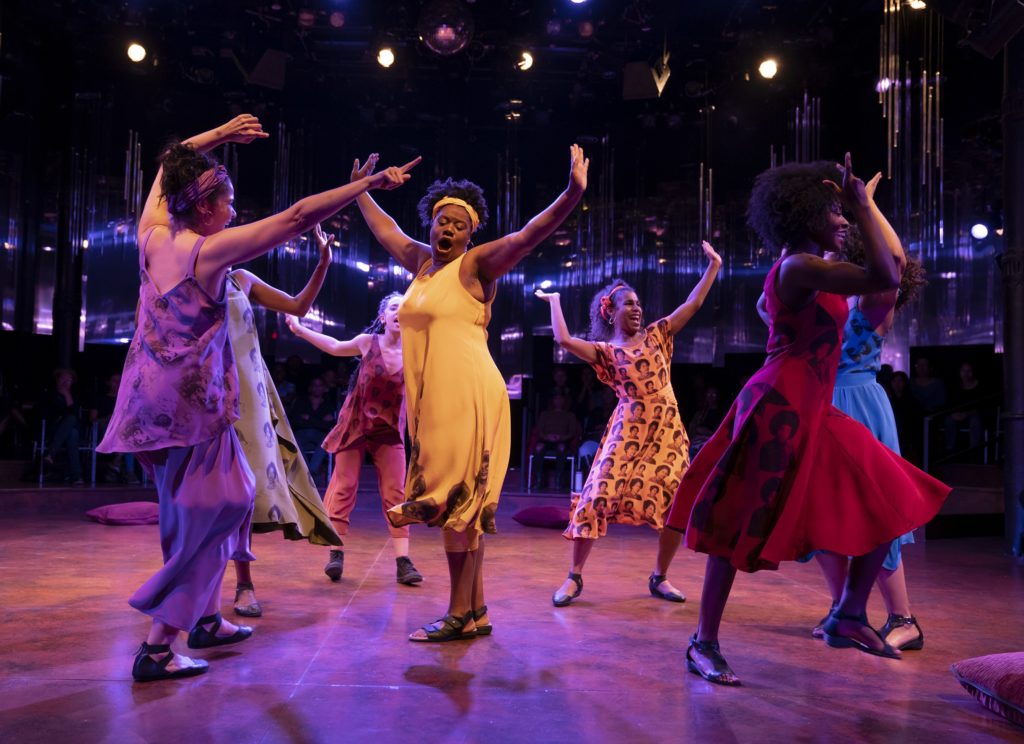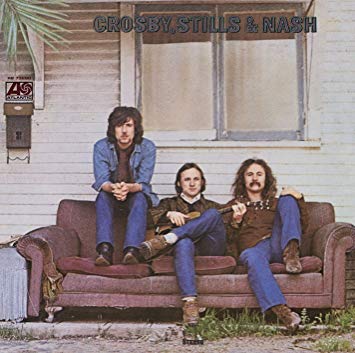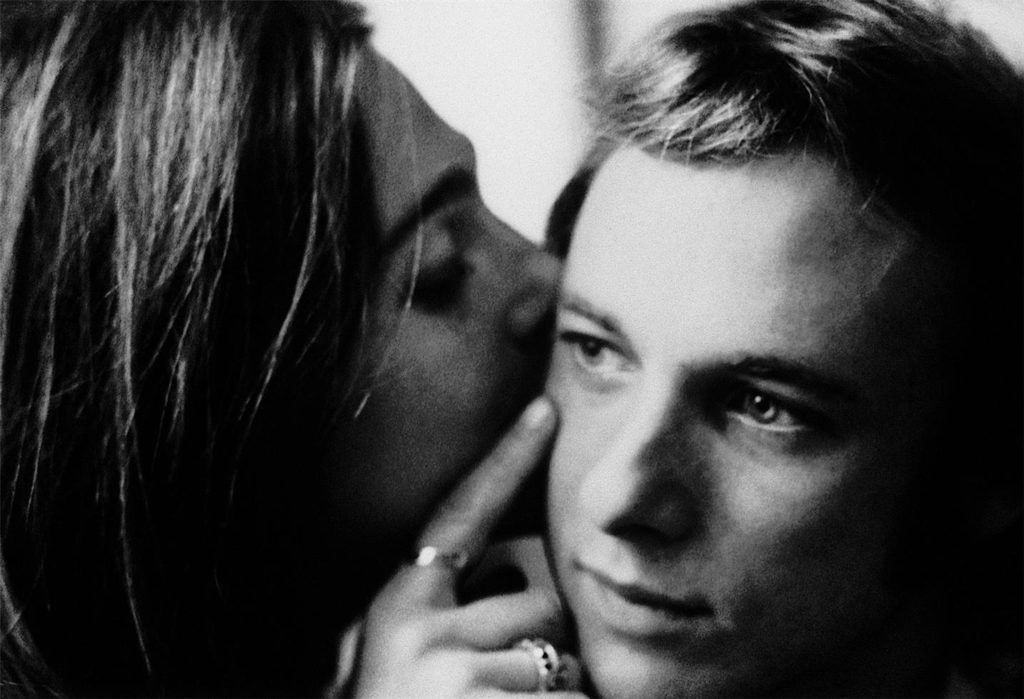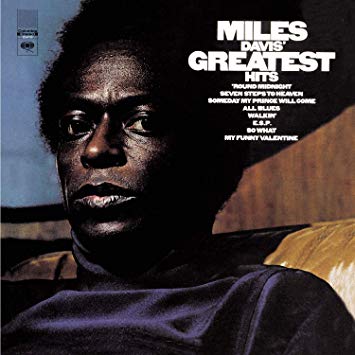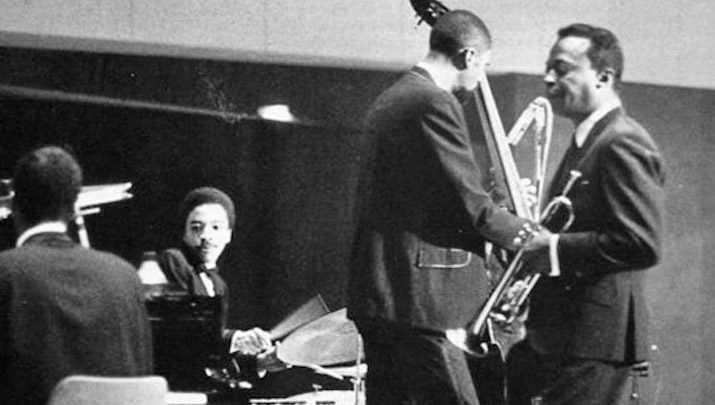“She watched his eyes. Why is it that some people display themselves in their eyes, she wondered, while others do not? Her own eyes, she well knew, usually displayed only what she wanted them to, while people like Frank seemed unable to dissemble, unable to hide even the most fleeting thought. You couldn’t help trusting eyes like that.”
Jon Hassler, North of Hope

